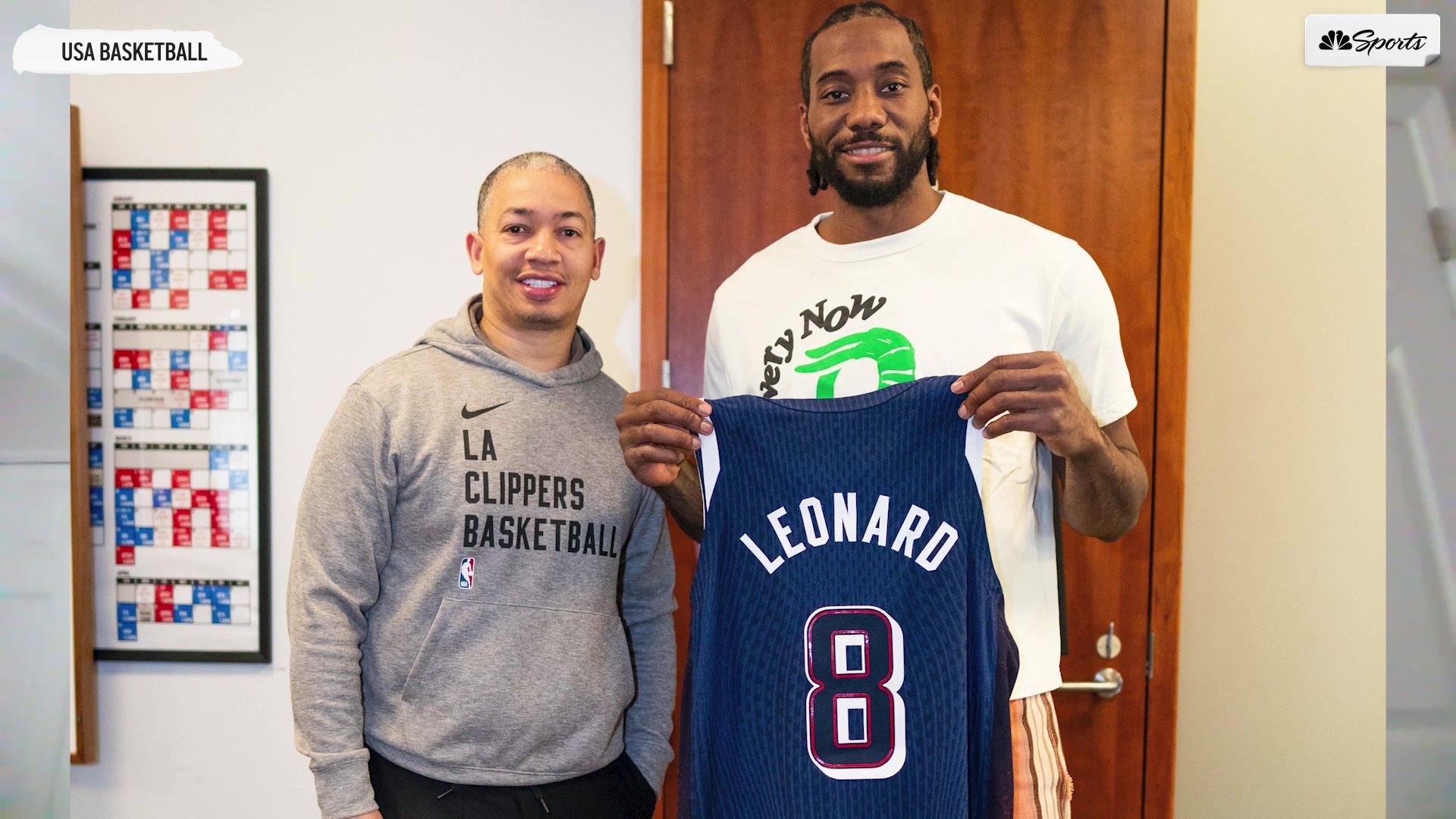
By failing miserably in their infamous 2011 attempt to build a Super Bowl-ready secondary, the Eagles find themselves in the same position nearly two years later.
With free agency around the corner -- the legal tampering window starts midnight Saturday -- and the draft quickly approaching, the Eagles enter the main period for roster assembly with a secondary that needs reinforcements at every position.
In fact, their defensive backfield is more suspect now than it was after the 2010 season, when the club set a franchise record for most passing touchdowns allowed. Last year’s team was just the eighth in NFL history to allow at least 30 touchdown passes and intercept fewer than 10.
Stay in the game with the latest updates on your beloved Philadelphia sports teams! Sign up here for our All Access Daily newsletter.
Epic backfires Nnamdi Asomugha and Dominique Rodgers-Cromartie are headed for the exits after two woefully uneventful seasons, and nobody would be stunned if the Eagles believed that both of their starting safeties from last season -- Nate Allen and Kurt Coleman -- needed to be replaced.
At very least, three of the five positions (including nickelback) will have new faces going into 2013, which means the Eagles will attempt to execute the most complex overnight reconstruction project in the game.
Several NFL personnel chiefs acknowledged that the secondary is the most difficult area of the defense to overhaul on the fly compared to the defensive line and linebackers.
“Defensive line, I feel like typically you can find guys even as college free agents that at least have the athletic tools to play that don’t need much prep time to play,” Colts general manager Ryan Grigson said. “I mean, we played with guys on Sunday that we brought in Tuesday and threw them in at nose guard and three-technique and five-technique and they were at least able to get us through a game.
News
“So, I would say the secondary you have to be a little bit more engaged, especially at the safety position.”
The problem is, the law of supply and demand makes for complicated economics. Corners and safeties are among the most coveted commodities every offseason as the league trends more toward spread offenses and hurry-up attacks that limit personnel substitutions.
In this age of 5,000-yard passers and receivers who resemble linebackers but run like sprinters, it’s no longer feasible to compete with just one Pro Bowler in your secondary, and the gulf between good defensive backs and great ones makes the jockey for an elite even more cutthroat.
“The one thing that has changed a little bit in the NFL is the need for corners has vastly changed,” said Steve Keim, first-year general manager of the Cardinals. “So many times now you’re playing 60 percent of nickel defense, so all of a sudden that fifth DB becomes a starter.
“So when you look at teams sometimes and ... you say, ‘How many times is that third receiver or fourth receiver, how does he compare to that third or fourth corner?’ It’s supply and demand and there’s not a ton of corners out there and everybody always needs them, so it can be extremely difficult to vastly change your secondary and the landscape of it.”
Yet, this is exactly the dilemma the Eagles face (again) as they look to equip first-year head coach Chip Kelly with a roster that can immediately be competitive and get the franchise back into the postseason. The trick for general manager Howie Roseman and his personnel staff is avoiding their 2011 mistakes, while simultaneously staying aggressive on the open market.
The additions of Asomugha and Rodgers-Cromartie were disastrous on so many levels and served as painful reminders of the perils involved of building with outsiders. At the same time, the Eagles can’t enter 2013 with a stable of defensive backs just a few months removed from their last frat party.
It appears as if the Eagles understand that they need to use both free agency and the draft to fill their myriad holes. As CSNPhilly.com reported last month, the brain trust has interest in targeting free-agent cornerback Sean Smith, a physical talent who spent his first four seasons with the Dolphins and is considered among the top three corners on the market (see story).
Dashon Goldson, the 49ers safety who is expected to hit free agency, would be another sensible addition. So would Jets safety Laron Landry, who the Eagles passed on last year, or Jaguars corner Derek Cox.
The team is also said to be interested in safety Rashad Johnson, a backup for the past four seasons with Arizona whose play on special teams has caught the eyes of league executives.
This year’s draft is loaded with defensive backs who several personnel men think can start immediately, including Alabama’s Dee Milliner, the sparkling gem of the cornerback class who could be picked by the Eagles at No. 4 overall.
“When I look at it, there are a number of corners in this draft class that can play and they can help teams as a one, two or three,” Bears general manager Phil Emery said. “I would say that’s a strength. There’s a strong safety class. In our minds, there are five or six starters in this class at safety and that’s rare to me.”
If the Eagles signed Smith and drafted Milliner, they’d be in pretty good shape at corner, especially with the return of second-year slot corner Brandon Boykin. They’d also be following the blueprint laid out last year by the Rams, who rebuilt their secondary through the draft and free agency and then jumped up eight spots in overall defense and more than tripled their win total from 2011.
St. Louis turned over almost its entire defensive backfield last year under new coach Jeff Fisher by lavishing free-agent corner Cortland Finnegan with a five-year, $50 million deal and using the 39th and 65th overall picks on cornerbacks Janoris Jenkins and Trumaine Johnson, respectively.
All three played prominent roles for the Rams, who improved from 22nd overall on defense to 14th overall. Jenkins, a first-round prospect whose troubled background forecasted his slide, picked off four passes and returned three of them for touchdowns.
“You get those two players [Finnegan and Jenkins],” Rams general manager Lester Snead said, “you not only upgrade, you went to one of the best tandems in the league.”
Thanks to bad drafting and their free-agent blunders, the Eagles don’t even have backups who can step into starting positions and hold the fort down while the front office works on patching the holes.
If reserve corner Curtis Marsh, a 2011 third-round pick, couldn’t impress himself on the coaches last year with all the turmoil among the corners, it stands to reason that he doesn’t factor in Kelly’s plan going forward.
Dime corner Brandon Hughes and backup safety Colt Anderson, a restricted free agent, aren’t viewed as anything more than special teams standouts.
Boykin could potentially move outside, but that would leave the team with a gaping hole in the slot, a position that’s become more valued over the past few years. Maybe the new regime can unlock the potential of safety David Sims, but that’s a tall order.
If Roseman and Kelly were being honest last month when they each dismissed the idea of a transition season, then the Eagles can’t gradually manicure the secondary and pin their hopes solely on draft picks.


